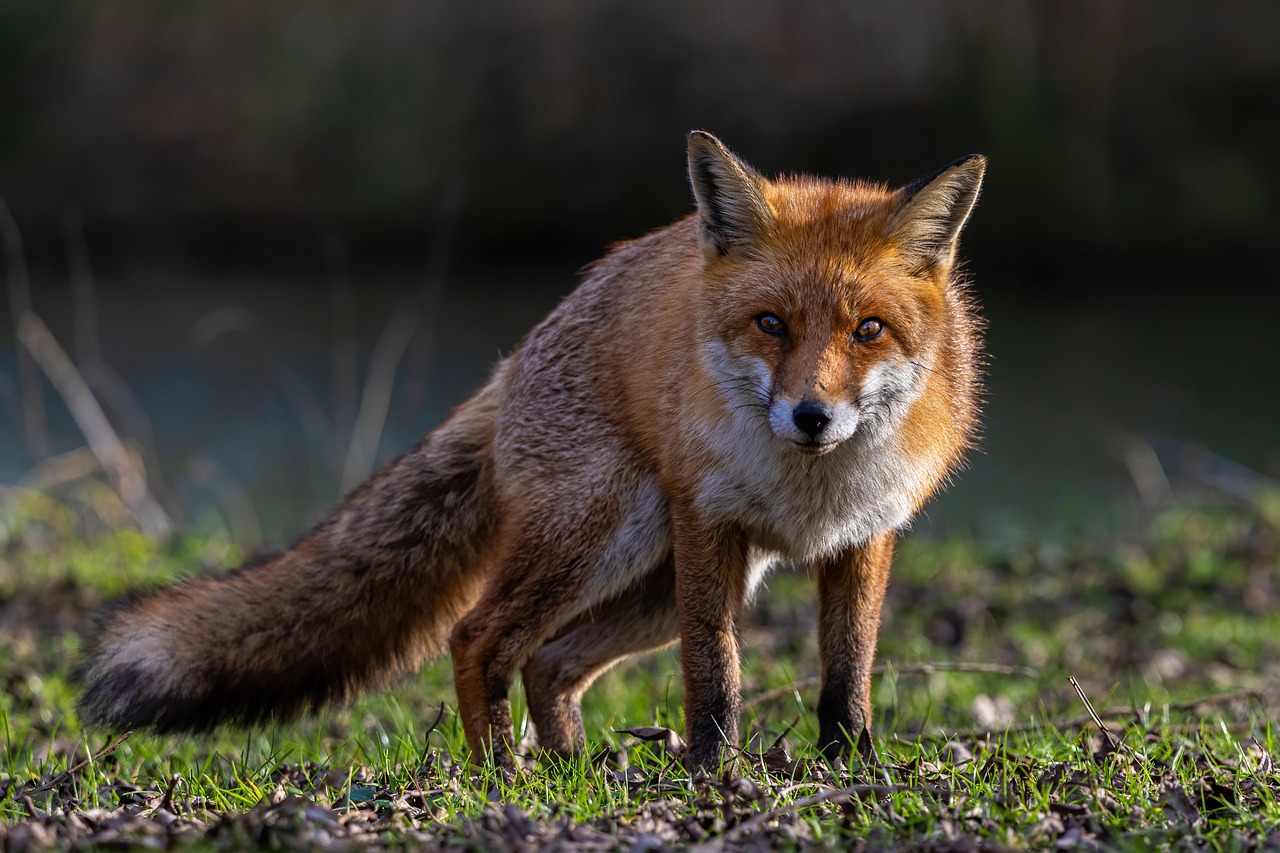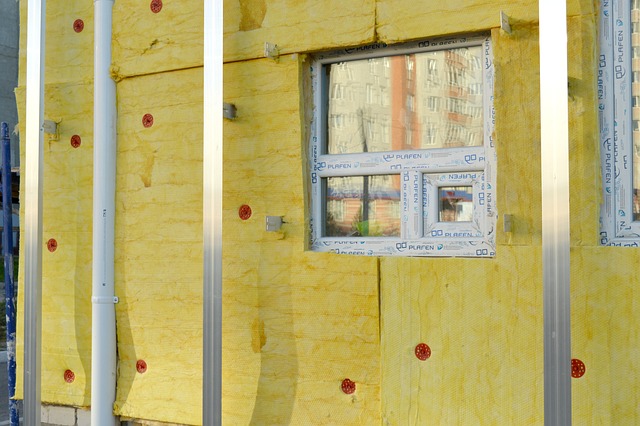Secret Lives of Urban Foxes: A Tale of Survival and Adaptation
Urban foxes have always been a source of fascination, sparking debates and evoking mixed feelings among city dwellers. These creatures have managed to carve out an existence in our concrete jungles, exhibiting unique behaviors and adaptations. This article delves into the intriguing world of urban foxes, shedding light on their journey from wilderness to cities, and discussing their impact on urban ecosystems.

A Journey from Wilderness to Concrete Jungles
Foxes are generally associated with wilderness and open countryside. However, over the last few decades, these creatures have been increasingly sighted in urban areas around the world. The phenomenon began in the UK during the 1930s, when the urbanization process disrupted traditional rural habitats, pushing foxes into the cities.
Urban Foxes: A Tale of Adaptation and Survival
Urban foxes have shown remarkable adaptability and resilience. They have altered their diet to include food waste, learned to navigate traffic, and adapted their reproduction strategies to ensure their survival in the urban environment. Their ability to thrive in a variety of habitats displays the incredible flexibility of these creatures.
Urban Foxes: Facts and Misconceptions
Urban foxes have been subjects of various misconceptions, leading to fear and hostility. Contrary to popular belief, these animals pose little threat to humans and pets. They are generally shy and prefer to avoid confrontation. Furthermore, urban foxes play a vital role in controlling pests such as rats and pigeons, contributing positively to urban ecosystems.
The Urban Fox Phenomenon: Market Impact
The growing presence of urban foxes has led to an increase in demand for products and services related to fox control. These range from deterrents and repellents to humane trapping and removal services. The urban fox phenomenon has thus created a niche market, estimated to be worth millions of dollars annually.
The Future of Urban Foxes
Urban foxes are here to stay. As cities continue to expand, these animals are likely to become an even more common sight. It is crucial for us to understand and coexist with these creatures, appreciating their role in urban ecosystems and acknowledging their remarkable survival story.
In conclusion, urban foxes symbolize the adaptability and resilience of nature in the face of human development. Their presence in our cities is a testament to their survival instincts and a reminder of the impact of urbanization on wildlife. As we continue to expand our cities, it is essential to consider the effects on local wildlife and strive for a balance that allows both humans and animals to thrive.




